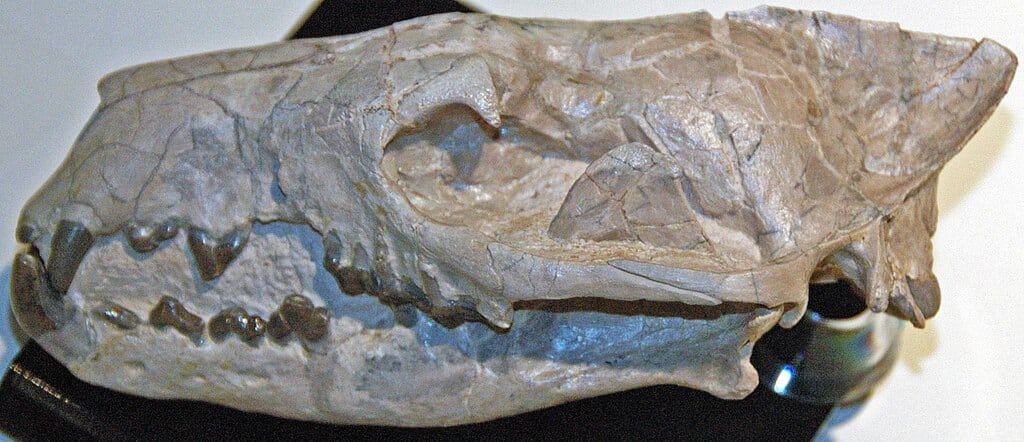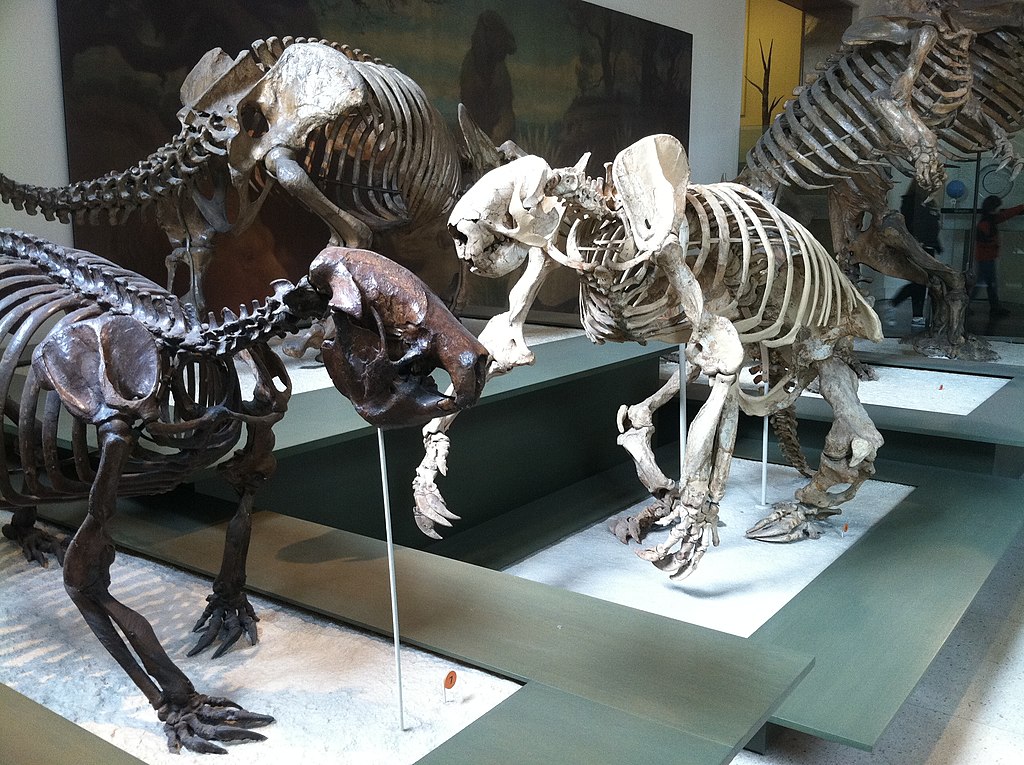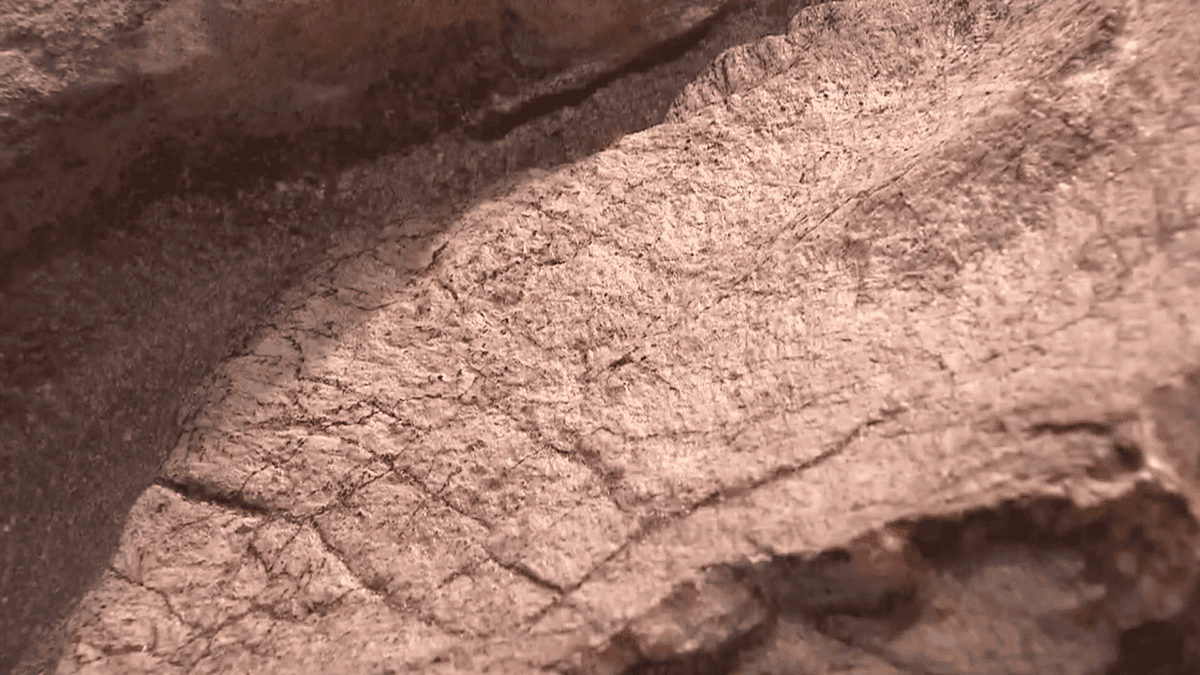Every so often, a discovery comes along that changes our understanding of the distant past. In the vast landscapes of the United States, the unearthing of prehistoric fossils is not uncommon. However, amidst these finds, some discoveries stand out due to their surprising nature and significant implications. One such discovery is the colossal and astonishingly well-preserved fossil of the giant ground sloth found in North America. This article explores this fascinating find, delving into its background, implications, and the insights it provides into a bygone era.
Understanding the Giant Ground Sloth

The giant ground sloth, scientifically known as _Megatherium_, was one of the largest mammals to have ever roamed the Earth. Originating in South America, these gentle giants migrated northward, leaving behind a trail of bones that have provided scientists with invaluable information about prehistoric life.
The Discovery Location

This astounding fossil was uncovered in the La Brea Tar Pits in Los Angeles, California. Known for its incredible preservation abilities, the tar pits have acted as a natural trap, capturing numerous species throughout history. The giant ground sloth fossil found here was exceptionally well-preserved, providing an unprecedented look into its anatomy and lifestyle.
The Importance of Preservation

Preserved in tar, the fossil revealed intricate details of the giant ground sloth’s structure. Unlike many other fossils that suffer from erosion and decay, this specimen retained its form almost perfectly, allowing researchers to examine features that are often lost over time.
Insights into Prehistoric Behavior

The discovery of this fossil not only provided anatomical data but also gave insights into the behavior of these ancient creatures. Their skeletal structure suggested a slow-moving, herbivorous lifestyle, relying on massive, curved claws to pull down branches and access foliage high above the ground.
Size and Scale of the Giant

Standing up to 20 feet tall on their hind legs and weighing up to four tons, the giant ground sloth was a truly remarkable creature. Such massive size necessitated understanding their biomechanics and ecological impact further, offering clues to their dietary habits and interactions with other species.
The Late Pleistocene Era

The giant ground sloths thrived during the Late Pleistocene era, around the same period when many now-extinct megafauna existed, such as mammoths and saber-toothed cats. The fossil provides context for conditions during this era, including climate, vegetation, and other fauna.
Human Interaction and Influence

Evidently, these creatures coexisted with early humans. Fossil evidence suggests interactions, possibly through hunting or habitat sharing. Understanding this relationship sheds light on the mutual influence between prehistoric humans and large mammals.
The Extinction Puzzle

With their disappearance approximately 10,000 years ago, these sloths add to the mystery of widespread megafaunal extinctions. Theories propose climate change, human activity, or a combination of factors led to their decline, making this fossil crucial for studying these impacts.
Anatomical Curiosities

Detailed examination of the fossil unveiled peculiarities like robust limb bones and distinct vertebrae configurations. These features contribute to a deeper understanding of evolutionary adaptations to prehistoric environments.
The Role of the La Brea Tar Pits

Aside from providing a snapshot of ancient ecosystems, the tar pits have revealed numerous other species. Each discovery, including the giant ground sloth, enhances our comprehension of biodiversity and environmental dynamics over millennia.
Technological Advances in Paleontology

Modern technologies like 3D imaging and multispectral analysis enable scientists to study fossils like never before. These tools continue to unlock secrets within the ground sloth fossil, contributing to ongoing research and discovery.
The Giant Ground Sloth’s Legacy

The discovery of this fossil not only transforms our perception of prehistoric life but also emphasizes the importance of conservation and study. Understanding past extinctions aids in preventing future biodiversity losses, providing vital lessons for today’s environmental practices.
Conclusion

In conclusion, the giant ground sloth fossil represents a landmark find in American paleontology. By offering insights into the physical characteristics, behavior, and ecology of these prehistoric giants, the discovery has enriched our understanding of Earth’s distant past. These insights are not just fascinating, but serve as crucial lessons for understanding ecological shifts and the impact on present-day biodiversity.
- 14 Sea Animals With Incredibly Long Lifespans - August 16, 2025
- 11 Incredible Adaptations That Make Animals Almost Superpowered - August 16, 2025
- 13 Creatures That Thrive in Freezing Temperatures - August 16, 2025

